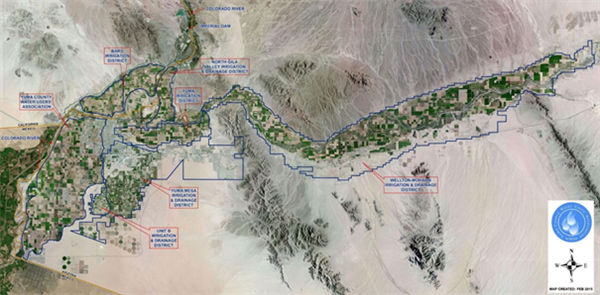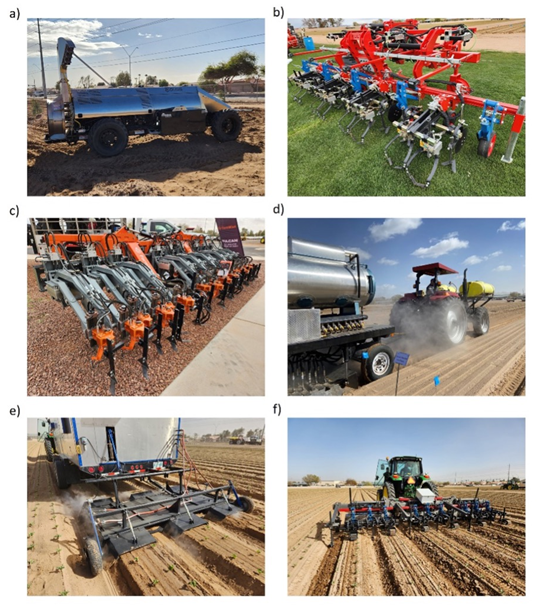Oct 16, 2024
2024 Powdery Mildew of Melon Fungicide Trial
This study was conducted at the Yuma Valley Agricultural Center. The soil was a silty clay loam (7-56-37 sand-silt-clay, pH 7.2, O.M. 0.7%). Variety: Deluxe (HMX2595) was seeded, then sprinkler-irrigated to germinate seed on March 20, 2024on 84 inches between bed centers. All other water was supplied by furrow irrigation or rainfall. Treatments were replicated five times in a randomized complete block design. Each replicate plot consisted of 25 ft of bed. Treatment beds were separated by single nontreated beds. Treatments were applied with a tractor-mounted boom sprayer that delivered 50 gal/acre at 100 psi to flat-fan nozzles spaced 12 in apart.

Spray treatments were done on 05-21-2024, 05-31-2024, 06-07-2024 and 06-14-24. Powdery mildew was first seen on 06-05-24. Please see excel file for additional details.
Disease severity of powdery mildew (caused by Sphaerotheca fuliginea and S. fusca) severity was determined 6-17-2024 by rating 10 plants within each of the four replicate plots per treatment using the following rating system: 0 = no powdery mildew present; 1 = one to two mildew colonies on leaves ;2 = powdery mildew present on one quarter of leaves; 3 = powdery mildew present on half of the leaves; 4 = powdery mildew present on more than half of leaf surface area ; 5 = powdery mildew present on entire leaf. These ratings were transformed to percentage of leaves infected values before being statistically analyzed.
The data in the table illustrate the degree of disease control obtained by application of the various treatments in this trial. Most treatments significantly reduced the final severity of powdery mildew compared to nontreated plants. Quintec, Merivon, Tesaris, Luna Sensation, and V6M-5-14 V gave the best disease control. Phytotoxicity symptoms were not noted for any treatments in this trial.


ANR Webinar 10/17 click link for details.
To contact Bindu Poudel go to:
bpoudel@email.arizona.edu












